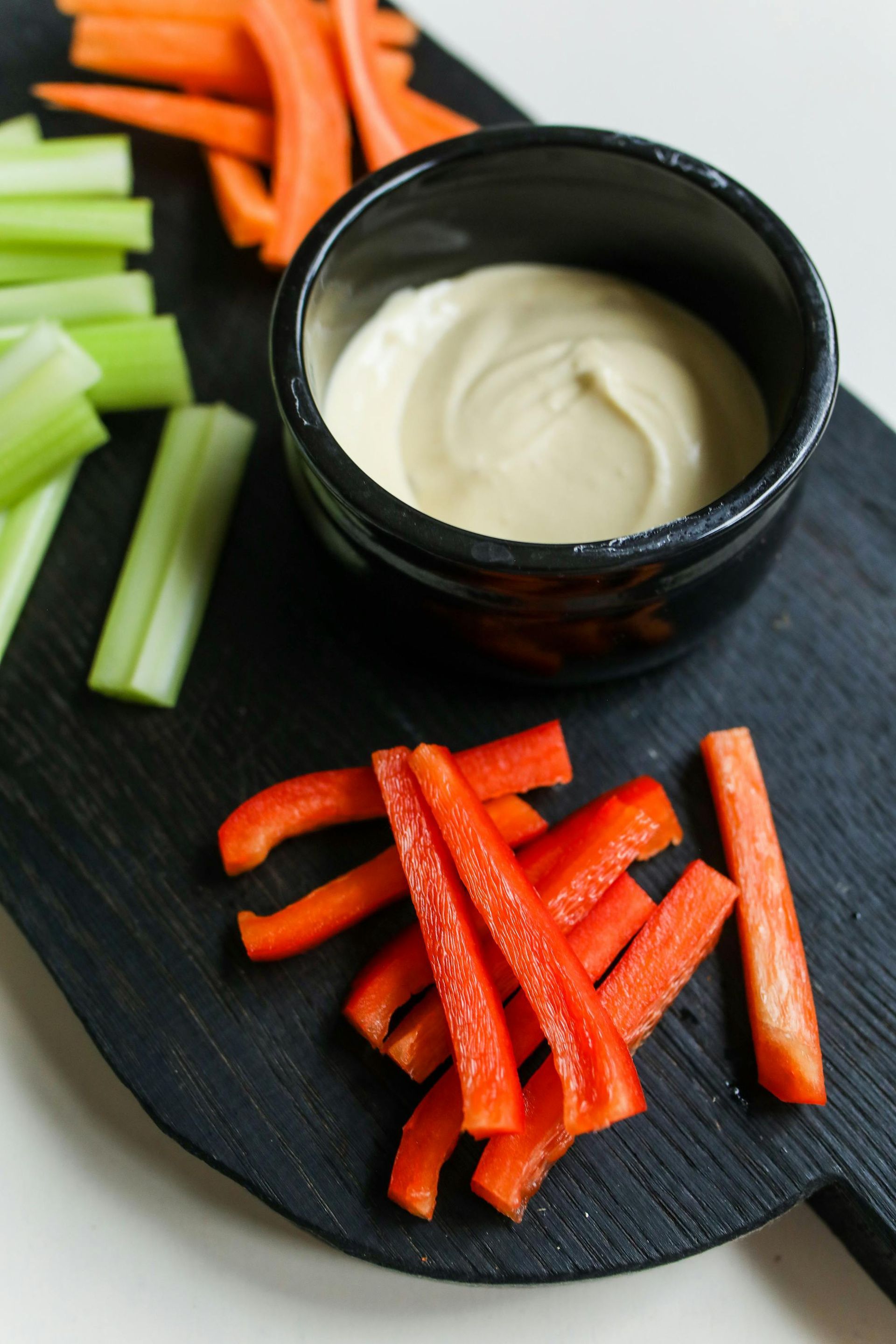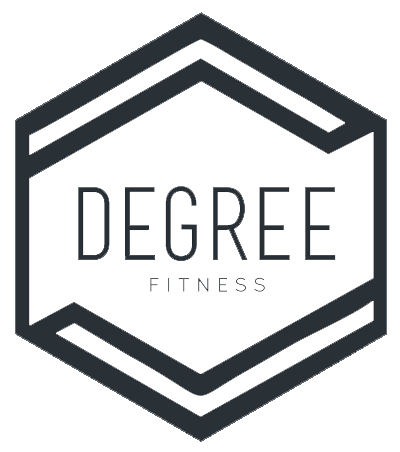5 Cheap Protein Foods to Include in Your Diet!
Written By: Mairead, Registered Dietitian
When it comes for nutrition for fitness goals, many of us are concerned about protein. After all, protein helps repair and build muscles, as well as helping us feel fuller longer, and keeping our energy levels stable throughout the day.
But protein foods, like meat, can be expensive! For those trying to watch your grocery budgets, or maybe just trying to include more variety in your protein sources, let's check out some less-expensive options!
1. Canned tuna! Fish is a fantastic lean protein source, and none are more convenient than canned tuna. While you can find fancy flavoured cans of individual servings, a 170g can of plain tuna is often only $2.00, meaning it's only $1.00 for a 3oz serving, with rougly 20g of protein! Plain tuna can easily be dressed up with your favourite seasonings, sauces, pickles... the list goes on! Try adding tuna to basic salads, using it as a sandwich filling, or creating rice bowls with your favourite veggies and some spicy tuna!
2. Canned beans! We all know beans pack a fibre punch, but did you know they're also a good source of protein? Canned beans can be quick and convenient - just open, drain, rinse, and go! A can of black beans can be found for only $1.79 and contains roughly three 1/2 cup servings, making each serving only $0.60, and packing in 8g of protein. Try pairing beans with whole grains like quinoa or brown rice, or use it to pump up both the fibre and protein in meat-based dishes.
3. Eggs! Eggs go way beyond breakfast! A carton of 12 eggs is $3.93, making each serving of two eggs roughly $0.66, with 12g of protein. Eggs can be an easy topping for bowl meals and salads, a convenient snack when hardboiled, or served with good old traditional toast for those who like to keep it simple.
4. Tofu! Many people claim not to like tofu, but most just don't know how to use it! Made from soybeans, tofu is a good vegan source of iron, and will take on the flavour of anything it is cooked or marinated in. A 350g package of extra-firm tofu can cost as low of $2.79, making each 85g serving $0.70, with 14g of protein. Try tofu in a flavourful stir-fry, or marinate it ahead of time for a quick protein addition for salads and bowls.
5. Edamame! Edamame are green soy beans, and are easy to find with the frozen vegetables. To use, they just need to be defrosted! A 500g bag of frozen edamame is roughly $5.00, making each 85g serving cost about $0.85, with 9g of protein, and a bonus 4g of fibre! Try adding edamame to your favourite stir fry or salad. While edamame is often used in Asian dishes, it's mild flavour makes it easy to incorporate anywhere.
Did the price on any of these surprise you? Will you try a new-to-you protein idea? One of the keys to a balanced diet is variety, and including different sources of protein can help you meet your protein needs without blowing your budget!
Looking for more personalized nutrition advice? Let's chat! Email mairead@degreefitnessseaforth.com to learn more about our Nutrition Programs, or click HERE to book your FREE Bite-Sized Nutrition Chat!



